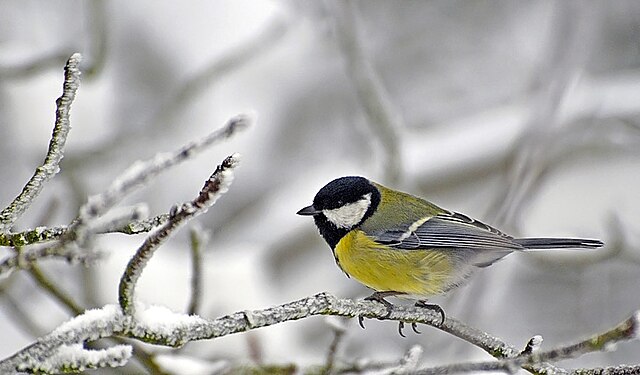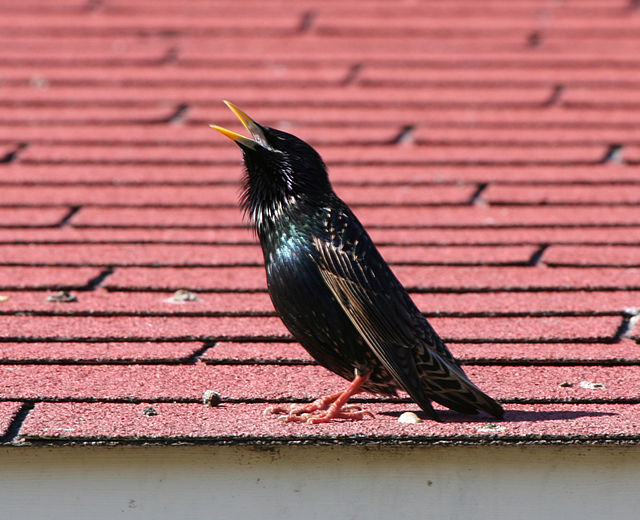Soundscape ecology is the study of the acoustic relationships between living organisms, human and other, and their environment, whether the organisms are marine or terrestrial. First appearing in the Handbook for Acoustic Ecology edited by Barry Truax, in 1978, the term has occasionally been used, sometimes interchangeably, with the term acoustic ecology. Soundscape ecologists also study the relationships between the three basic sources of sound that comprise the soundscape: those generated by organisms are referred to as the biophony; those from non-biological natural categories are classified as the geophony, and those produced by humans, the anthropophony.
A spectrogram of the soundscape of Mount Rainier National Park in the United States. Highlighted areas show marmot, bird, insect and aircraft noises.
Natural soundscapes include natural but non-biological "geophonic" sounds (such as the water of the ocean) and the "biophonic" sounds of animals (such as bird calls).
Anthropophony, sound generated from human activities, plays an important role in contemporary soundscapes.
Effects of anthropophony on auditory communication are well studied in the great tit.
Bioacoustics is a cross-disciplinary science that combines biology and acoustics. Usually it refers to the investigation of sound production, dispersion and reception in animals. This involves neurophysiological and anatomical basis of sound production and detection, and relation of acoustic signals to the medium they disperse through. The findings provide clues about the evolution of acoustic mechanisms, and from that, the evolution of animals that employ them.
Hydrophone
Bergische Crower crowing
European starling singing







